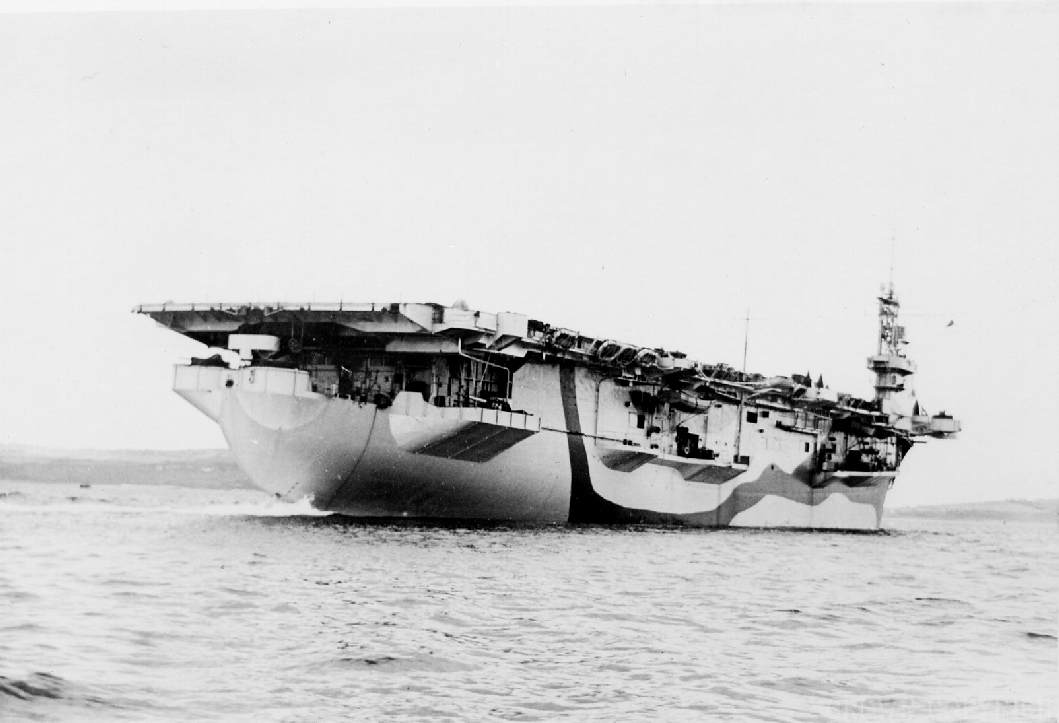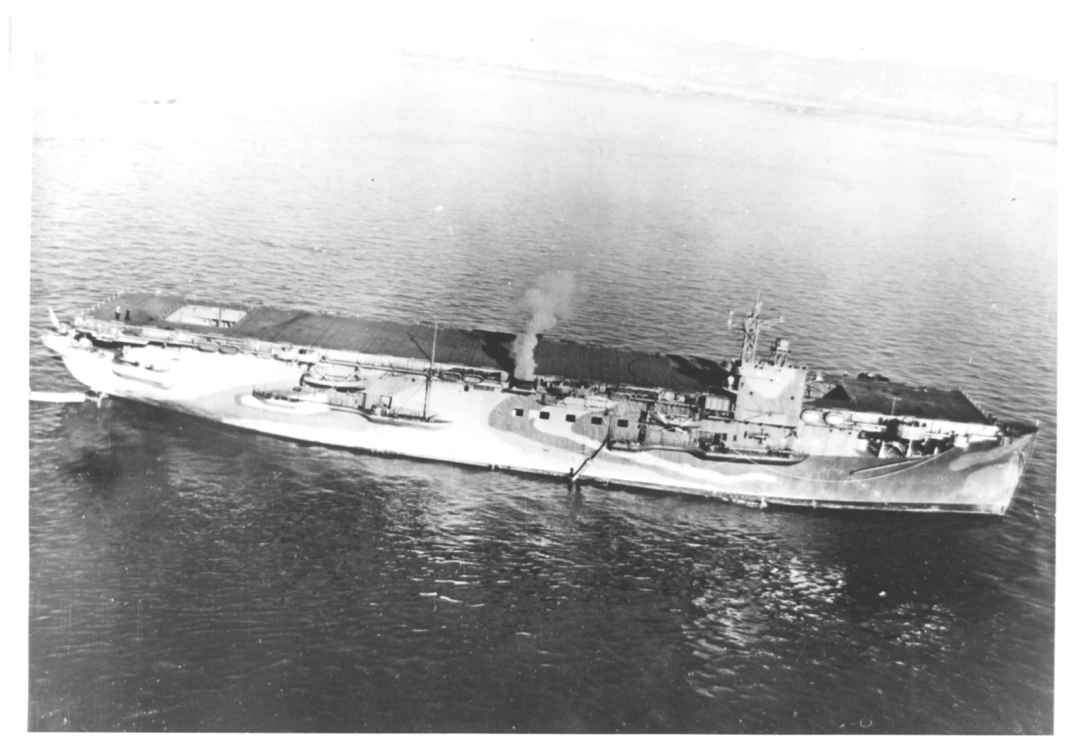The "Attacker" Class, RN, is an important and missing class of early escort carriers.
HMS Attacker

There were eight ships in the class (Attacker,Battler,Chaser, Fencer, Hunter,
Pursuer,Stalker, and Striker) all constructed in the United States, outfitted in British Columbia,Canada, and supplied under the terms of Lend-Lease to the Royal Navy.
Specifications :
Displacement : 11,420 tons
Dimensions : 492ft x 69.5ft x 23.25ft.
Armament : Two 4in AA (2 x 1); Eight 40mm AA (4 x 2), Fifteen 20mm AA (15 x 1) Guns;
18 aircraft.
Complement : 646
HMS Striker

HMS Battler

The ships served in two different roles: as convoy escort carriers, equipped with both
anti-submarine and fighter aircraft, and as strike carriers, equipped with just fighter
aircraft. When used as convoy escorts, the ships' aircraft were successful in deterring
German submarines from attacking Allied convoys. They were able to claim some success,
with a number of German submarines and aircraft destroyed or damaged by the aircraft.
Those carriers operating in the strike role took part in two major landings in the
Mediterranean and an operation against the German battleship Tirpitz in Norwegian waters.
Seven of the ships ended the war in the Far East in the campaigns against the Japanese
Empire and were then used to transport home prisoners of war.All eight ships survived the war and were eventually returned to the United States Navy, which sold five of them for conversion into merchant ships. The other three ships were scrapped.
HMS Fencer

HMS Hunter

The ships had an overall length of 492.25 feet (150.04 m), a beam of 69.5 feet (21.2 m),
and a height of 23.25 ft (7.09 m). They displaced 11,420 long tons (11,600 t) at deep
load. Propulsion was provided by two steam turbine engines connected to one shaft,
giving 8,500 brake horsepower (BHP), which could propel the ship at 17 knots
(31 km/h; 20 mph).
On HMS Battler, a Fairey Swordfish comes on deck via the aircraft lift. The ship's
'Island' bridge and flight control is in the background.
All the escort carriers had the capacity for up to 24 anti-submarine or fighter aircraft,
which could be a mixture of the British Hawker Sea Hurricane, Supermarine Seafire, and
Fairey Swordfish, and the American Grumman Wildcat, Vought F4U Corsair and Grumman
Avenger .The exact composition of the embarked squadrons depended upon the mission.
Some squadrons were composite squadrons for convoy defence, and would be equipped with
anti-submarine and fighter aircraft, while other squadrons working in a strike-carrier
role would only be equipped with fighter aircraft. Aircraft facilities consisted of a
small combined bridge–flight control on the starboard side above the 450-by-120-foot (140
by 37 m) flight deck, two aircraft lifts measuring 42 by 34 feet (13 by 10 m), and nine
arrestor wires. Aircraft could be housed in the 260 by 62 feet (79 by 19 m) hangar below
the flight deck.
HMS Chaser


HMS Pursuer, 1944
HMS Stalker

These were workhorses.
Sincerely,
Kopfdorfer
 Author
Topic: Attacker Class Aircraft Carriers (Read 7344 times)
Author
Topic: Attacker Class Aircraft Carriers (Read 7344 times)


